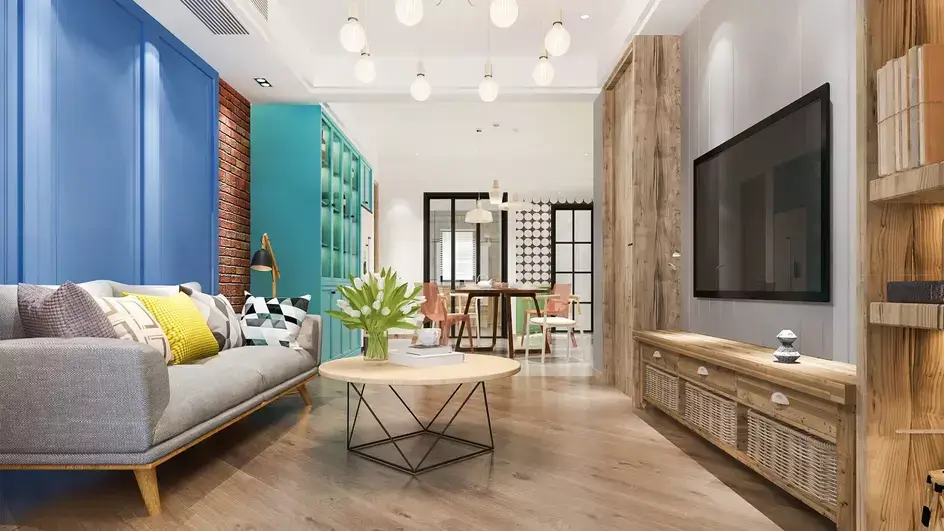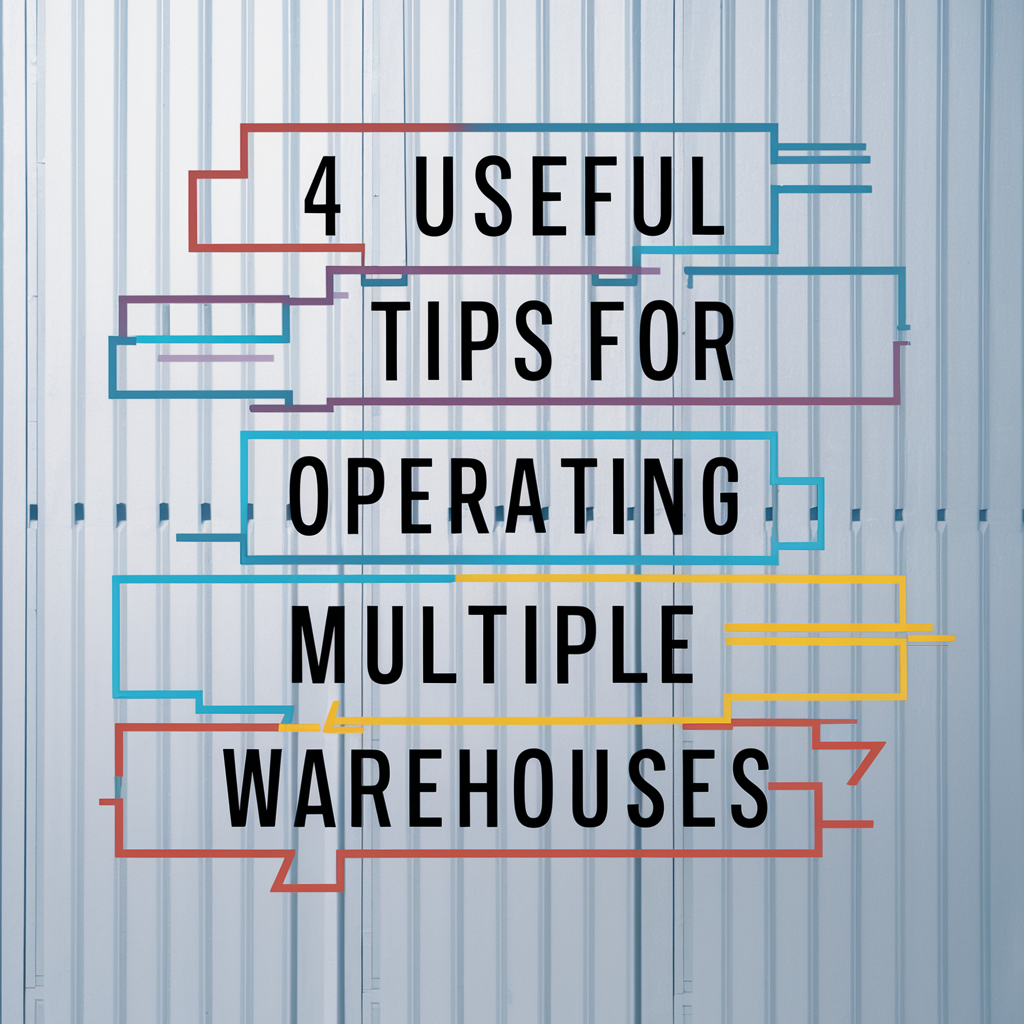Medium-Density Fiberboard (MDF) has carved a niche for itself among DIY enthusiasts, contractors, and interior designers. Known for its versatility and affordability, mdf boards have become a staple material in various projects, ranging from functional pieces like shelves or cabinets to artistic expressions such as intricate paneling and custom décor. This blog explores why MDF boards are so popular, key characteristics that make them a go-to choice, and innovative ways to incorporate them into your next DIY or interior project.
What Are MDF Boards?
MDF, or Medium-Density Fiberboard, is an engineered wood product made by breaking down hardwood or softwood residuals into wood fibers. These fibers are then combined with wax and resin binders and compressed into dense, flat panels through high pressure and temperature. The result is a durable, smooth, and uniform material ideally suited for cutting, sanding, and painting.
Compared to other wood alternatives, MDF stands out for its balanced properties. It offers a more consistent surface than plywood and requires less finishing due to its tightly packed fiber composition. Its affordability and workability make it an attractive choice across various applications.
Why MDF Boards Are Ideal for DIY and Interior Design Projects
1. Affordable and Cost-Effective
MDF boards offer high quality at a fraction of the cost of solid wood. Their affordability makes them a perfect option for budget-conscious projects, whether you’re constructing furniture or upgrading your interiors.
The price efficiency also allows for experimentation. If you’re launching a DIY project or creating detailed mock-ups for a larger design scheme, using MDF reduces financial risk while enabling creativity.
2. Customizable and Easy to Work With
Whether you’re a seasoned woodworker or a DIY novice, MDF boards are a dream to use. They can be cut into intricate designs or simple shapes with minimal splintering. Due to their uniform density, precision cuts are much easier compared to natural wood.
MDF also sands and paints well, allowing users to achieve smooth, polished finishes in various colors. Priming is essential, but a well-primed MDF board provides the ideal surface for lacquers, stains, and paints.
3. Consistency Across Boards
One major advantage of MDF is its consistency. Unlike natural wood, which often has imperfections like knots and grain patterns, MDF is completely uniform. This ensures zero unpredictability during cutting and enhances its suitability for large-scale projects such as cabinetry or a seamless wall panel.
4. Environmentally Friendly Approach
Many MDF boards are manufactured from recycled wood fibers, which minimizes waste. If sustainability is a top priority in your projects, MDF boards serve as a great choice while reducing reliance on newly harvested timber.
Popular Applications of MDF Boards
MDF’s versatility shines through in its wide range of applications, from home improvement to creative expression. Below are some of the most popular and trending ways to use MDF boards:
1. Cabinetry and Storage Solutions
MDF boards are a classic choice for constructing cabinets, wardrobes, and shelving units. Their consistency makes them ideal for achieving seamless designs and homogenous finishes. Customization is another strength of MDF cabinets, as flat surfaces allow for painting or laminating into various textures, such as wood grains or matte finishes.
2. Wall Paneling and Feature Walls
Interior designers have embraced MDF for creating stunning wall paneling and decorative feature walls. With CNC machining, MDF boards can be intricately carved into timeless patterns like beveling, geometric designs, or even raised panels. These panels can elevate any room, instantly giving it a refined aesthetic touch.
For modern homes, MDF boards also accommodate acoustic paneling needs, helping to reduce sound transfer or echo within living spaces.
3. Custom Furniture Pieces
From custom headboards and coffee tables to TV consoles, MDF allows you to design unique furniture tailored to fit specific dimensions or themes. Its smooth surface is perfect for high-gloss paints, stained finishes, or even veneer applications.
For an intriguing twist, mix MDF with other materials like metal or glass to create compelling furniture with an industrial-modern vibe.
4. DIY Crafts and Art Projects
MDF isn’t just for large-scale projects. It’s equally loved by hobbyists for crafting small personalized items like picture frames, signage, and home accessories. Unleash your creativity by experimenting with shapes, engraving, and painting techniques.
5. Interior Doors
For homes or offices where affordability meets functionality, MDF interior doors are an excellent choice. They are lightweight yet durable, capable of accommodating both simple and ornate designs. Their soundproofing qualities are an added bonus in busy households or workspaces.
6. Kitchens and Bathrooms
While MDF should not be used in wet areas unless treated, moisture-resistant MDF (MR MDF) opens doors to kitchens and bathrooms. Properly sealed and painted, MR MDF can handle the humidity in these spaces, making it ideal for creating vanity units, cabinets, or decorative trims.
Tips for Working with MDF Boards
- Proper Ventilation: MDF dust can be fine and harmful if inhaled. Always cut MDF in a well-ventilated area, preferably outdoors or under a dust extraction system.
- Seal the Edges: The edges of MDF absorb paint differently from the surface. Use sanding sealer or edge banding to ensure smooth, even finishes.
- Use the Right Tools: Carbide-tipped blades and drill bits are best for working with MDF, as the material tends to dull tools quickly.
- Moisture Protection: If MDF boards will be exposed to moisture, apply a water-resistant primer or paint to avoid swelling or damage over time.
The Rise of MDF Boards in Modern Interior Trends
The demand for sustainable, efficient, and customizable solutions in design has pushed MDF boards into the spotlight. Sustainability-conscious designers have found clever ways to use MDF in spaces that remain stylish while reducing costs and environmental impact.
Additionally, multi-functional furniture and minimalist aesthetics are in vogue, making MDF, with its ability to be shaped and painted effortlessly, a perfect fit for the evolving preferences of modern consumers.
Final Thoughts
MDF boards represent an exciting blend of affordability, versatility, and sustainability. For DIYers and professionals alike, they open up a world of possibilities—from custom furniture and storage to intricate wall panels and creative crafts. Whether you’re a novice or an expert, MDF adapts seamlessly to your level of skill and ambition.
Want to elevate your next DIY project or interior design masterpiece? Consider MDF boards your ultimate canvas to build something extraordinary. Trim your costs and expand your creativity with this versatile material!






